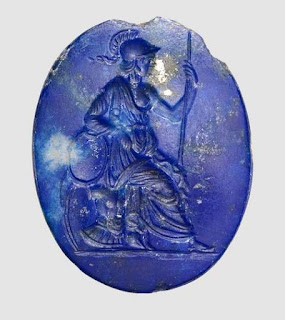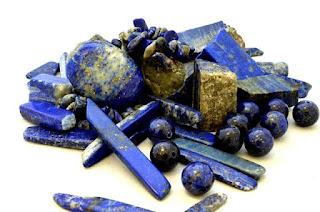Swapping Colors in Inkscape is Easy-Peasy!
How to swap a specific color in the image with another color? Here is a real-life example:
I wanted to make a Valentine's countdown calendar with roses in different colors. I started with a free vector available through Pixabay. It would be easy to clone the image thirteen more times, add numbers from 1 to 14, and call it the day.
Instead, I opted for an additional value - every rose should be of a different color. Each color of the rose is associated with different symbolism. This instantly makes Valentine's Advent calendar way more interesting than a simple countdown. It not only looks more attractive than 14 roses of the same look, but it also makes a great conversation starter.
But this is not the point of this post. The question was: how to swap the existing color with a new one? In the original, there were actually three
different shades of the color red. Different shades make the illusion of three dimensions, and the image is way more attractive than a simple monochromatic solution. I decided to find 14 colors, each with its own meaning, and use two or three shades of each of the chosen colors.
For instance, I took #b2a4d4, #b57edc, and #d3d3ff for lavender. How did I imply them in the image?
It's fairly easy.
The image has to be vector (SVG format) and it has to be made of objects that could be ungrouped (ctrl-shift-G) in Inkscape.
Then, just select a specific area (object). When you click an object, it will be marked.
Next, find Select Same in the Edit menu.
Select Same has a submenu! Choose Fill Color. Every area of the same color will be marked just like the object you initially picked.
There's only one last step. Choose a new color by ctrl-shift-F and enter the code in the area with the existing color code.
Voila!
This is the result of changes for one color (lavender) in three shades. The complete Valentine's countdown with roses looks like this:
Share your new knowledge and have fun!
















_6.jpg)







